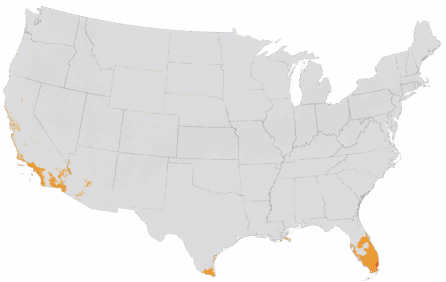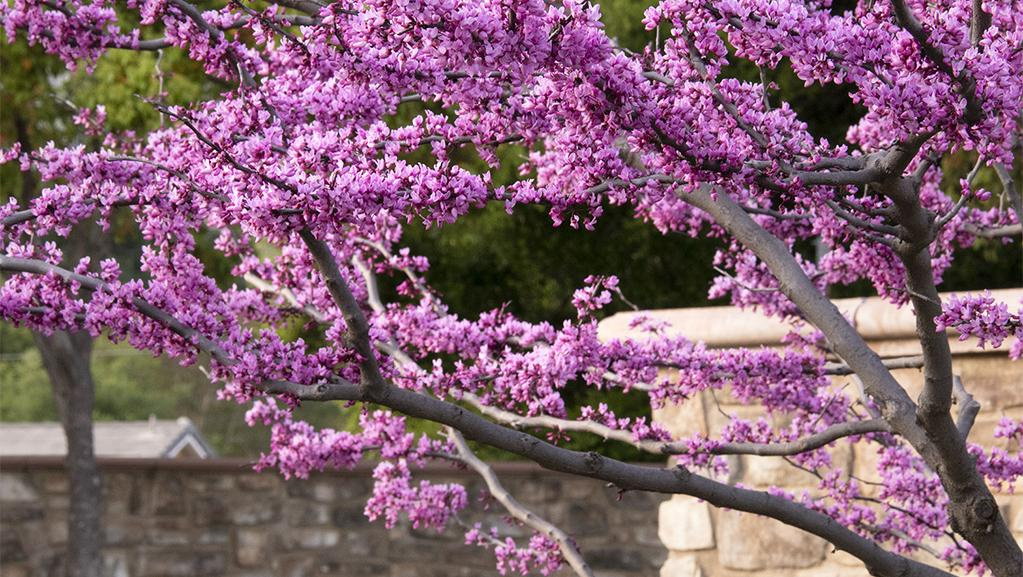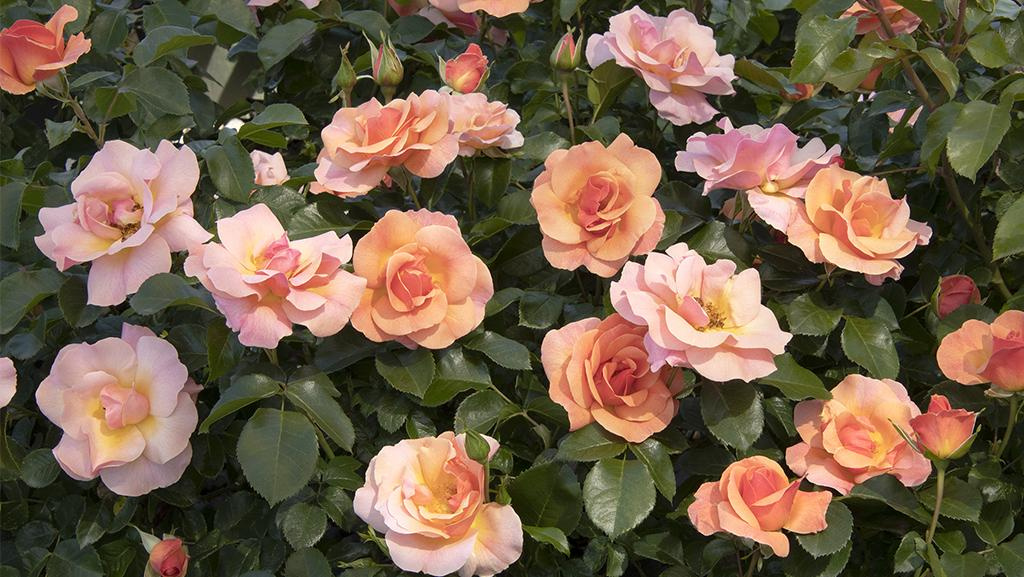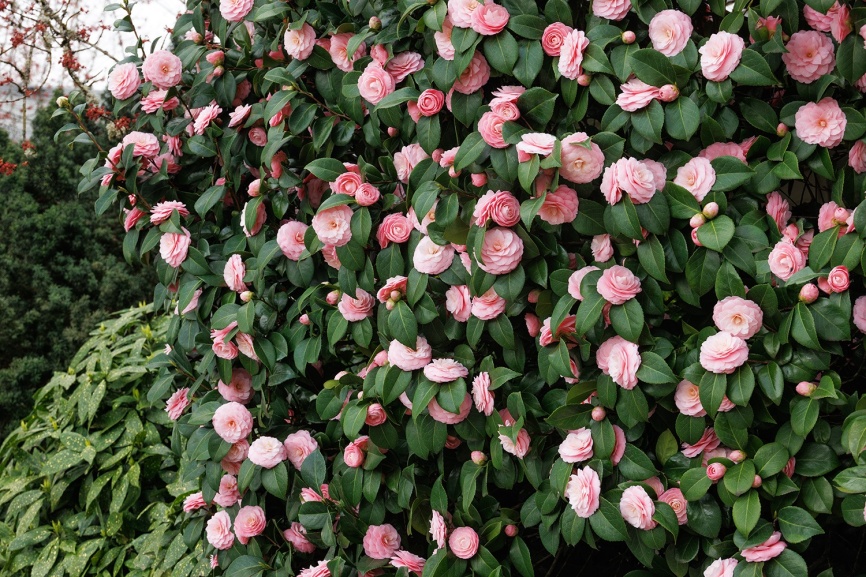You're growing in this Zip Code:
Change LocationDiscover Plants for Your Area
New Gold Lantana
Lantana x 'New Gold'
Retailers Near You
| Description | Brilliant golden yellow flower clusters cover this colorful, heat-loving perennial from spring to fall. Trailing growth is excellent for use as groundcover or tumbling from hanging baskets. Evergreen in warm, frost-free climates; treat as a summer annual in northern regions. |
|---|---|
| Bloom Time | Spring and summer; longer in frost-free areas |
| Deciduous/Evergreen | Evergreen |
| Special Features | Attracts Hummingbirds, Easy Care, Waterwise, Attracts Pollinators, Benefits Birds |
| Problems/Solutions | Coastal Exposure, Deer Resistant, Erosion Control, Tolerates Urban Pollution |
| Growth Rate | Moderate |
| Growth Habit | Spreading |
| Flower Attributes | Showy Flowers |
| Landscape Use | Border, Container, Ground Cover, Hillside, Hanging Basket |
| Design Ideas | Plant in mass or as an accent in a sunny border or butterfly garden. Will provide color and coverage on rocky hillsides. Great long lasting color for annual containers or hanging baskets on a patio or deck. |
| Flower Color | Yellow |
| Foliage Color | Green |
| Companion Plants | Phormium (Phormium); Mirror Plant (Coprosma); Princess Flower (Tibouchina); Plumbago (Plumbago); Cordyline (Cordyline) |
| Care Instructions | Thrives in average, well-drained soils. Water deeply, regularly in first growing season to establish root system. Once established in the landscape, reduce frequency; continue to water container plants regularly. Fertilize in spring. Remove spent blooms periodically and prune annually to shape. |
| History | Allan Armitage, well-known plantsman from the University of Georgia, was the first to detail the benefits of New Gold around 1995. New Gold is a cross between Lantana camera and Lantana montevidensis, and is not known to produce viable seeds. |
| Lore | Common spreading Lantana (Lantana camera) is native to Central and South America. It was brought to Australia and the Pacific region as an ornamental plant in the 1840's. French breeders developed the modern forms in the color ranges we know today at the close of the 19th century. Lantana is considered invasive in many parts of the world where it has naturalized. The leaves are poisonous to animals, but the berries are a delicacy to many bird species. |
| Description | Brilliant golden yellow flower clusters cover this colorful, heat-loving perennial from spring to fall. Trailing growth is excellent for use as groundcover or tumbling from hanging baskets. Evergreen in warm, frost-free climates; treat as a summer annual in northern regions. |
|---|---|
| Bloom Time | Spring and summer; longer in frost-free areas |
| Deciduous/Evergreen | Evergreen |
| Special Features | Attracts Hummingbirds, Easy Care, Waterwise, Attracts Pollinators, Benefits Birds |
| Problems/Solutions | Coastal Exposure, Deer Resistant, Erosion Control, Tolerates Urban Pollution |
| Growth Rate | Moderate |
| Growth Habit | Spreading |
| Flower Attributes | Showy Flowers |
| Landscape Use | Border, Container, Ground Cover, Hillside, Hanging Basket |
|---|---|
| Design Ideas | Plant in mass or as an accent in a sunny border or butterfly garden. Will provide color and coverage on rocky hillsides. Great long lasting color for annual containers or hanging baskets on a patio or deck. |
| Flower Color | Yellow |
| Foliage Color | Green |
| Companion Plants | Phormium (Phormium); Mirror Plant (Coprosma); Princess Flower (Tibouchina); Plumbago (Plumbago); Cordyline (Cordyline) |
| Care Instructions | Thrives in average, well-drained soils. Water deeply, regularly in first growing season to establish root system. Once established in the landscape, reduce frequency; continue to water container plants regularly. Fertilize in spring. Remove spent blooms periodically and prune annually to shape. |
|---|
| History | Allan Armitage, well-known plantsman from the University of Georgia, was the first to detail the benefits of New Gold around 1995. New Gold is a cross between Lantana camera and Lantana montevidensis, and is not known to produce viable seeds. |
|---|---|
| Lore | Common spreading Lantana (Lantana camera) is native to Central and South America. It was brought to Australia and the Pacific region as an ornamental plant in the 1840's. French breeders developed the modern forms in the color ranges we know today at the close of the 19th century. Lantana is considered invasive in many parts of the world where it has naturalized. The leaves are poisonous to animals, but the berries are a delicacy to many bird species. |
Retailers Near You
About Us
We have been pioneers and craftsmen in the art of growing plants for nearly
100 years. Since our founding in Southern California by Harry E. Rosedale, Sr.
in 1926, we have been absolutely dedicated and obsessed with quality.
We have been pioneers and craftsmen in the art of growing plants for nearly 100 years. Since our founding in Southern California by Harry E. Rosedale, Sr. in 1926, we have been absolutely dedicated and obsessed with quality.








